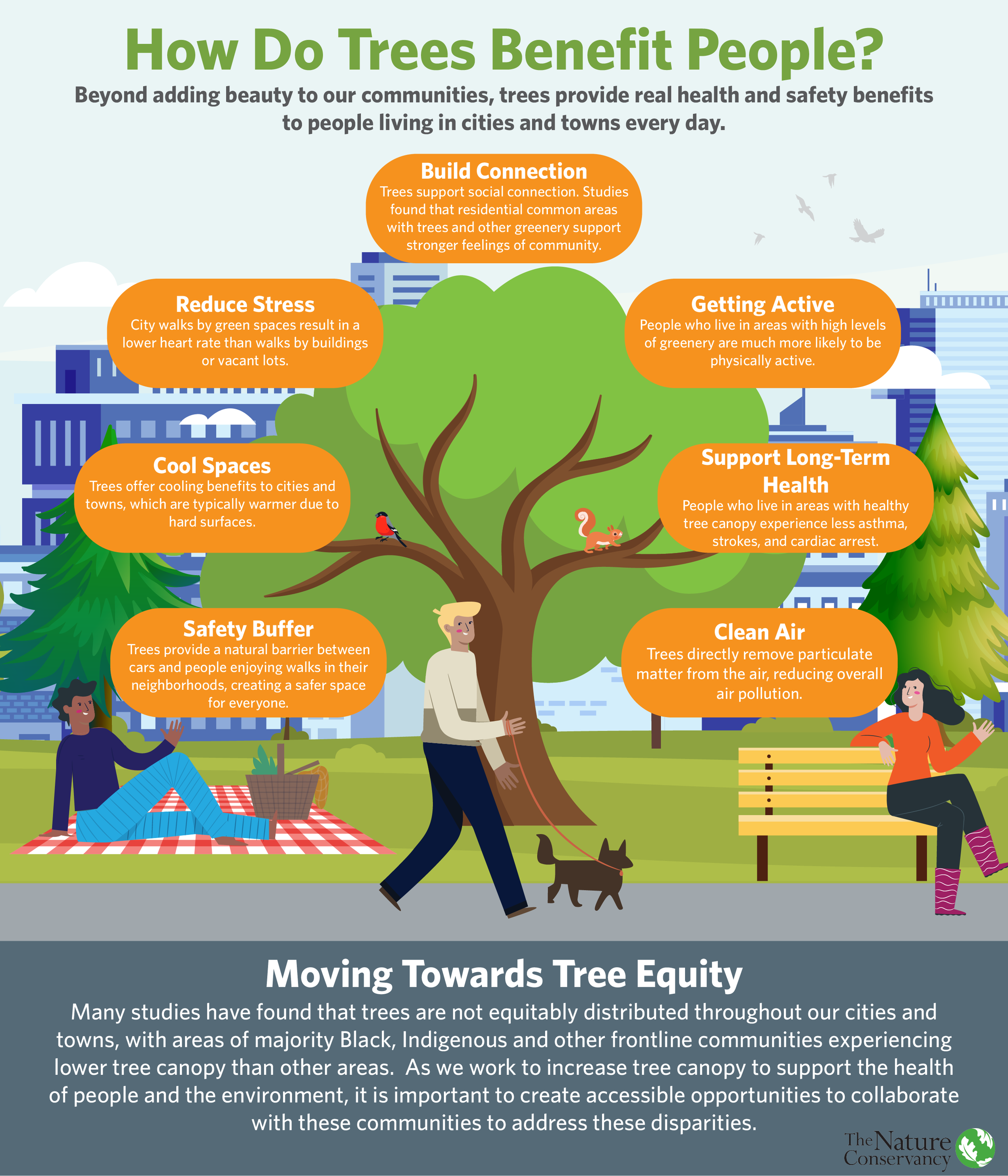By Camilo McConnell, RAY Conservation Fellow
Puget Sound Partnership’s State of the Sound 2017 report, released Nov. 2, laid out succinctly the many improvements and shortfalls happening around Puget Sound recovery.
The report summarizes the status of efforts to improve Puget Sound’s health and highlights how innovation and new technology are being used to restore beach habitat, build new partnerships to open shellfish beds and clean pollution from stormwater. Nonetheless, the Puget Sound Partnership reported that investments to date have been a fraction of what is needed to reach recovery.
The key point the Partnership makes is Puget Sound is getting sicker faster than our recovery actions are taking effect.
Much of this is a result of the immense population growth that is happening in the region. The city of Seattle is one of the fastest growing cities, while Pierce and Snohomish counties are the fastest growing counties in the nation. The challenge now is to accelerate our work.
The report is a call to action for us to innovate, build partnerships and leverage our resources. The health of the Puget Sound is dependent on our willingness to be proactive. The bright spots highlighted in this report show that our work is creating tangible results for the Puget Sound.
Although these projects seem incremental in scope, their scale, efficiency and effectiveness will continue to grow through time. Part of that will manifest itself through the continued investment in innovative and collaborative projects.
Two areas where The Nature Conservancy has focused our work:
- Floodplains by Design: a statewide program that started in Puget Sound to restore rivers and river valleys to improve salmon habitat and reduce the risk of flooding
- City Habitats: which is creating new coalitions to tackle the problem of stormwater pollution — the contaminated runoff from our roads, parking lots and buildings that is the largest source of chemical contamination in Puget Sound.
The report highlighted successful efforts made in restoring floodplains. Our work with Floodplains by Design has created 29 projects throughout Washington and has invested more than $80 million in restoration.
Success of this ongoing work is possible through coordination of stakeholders. Land easements, acquisitions and relocation make residents safer and help them move away from flood-prone areas. The work gives rivers room to roam, and improves fish habitat. Floodplains by Design is bringing large-scale system change to our state so that nature and people can coexist. Although we have not reached our 2020 target threshold, we are still making great strides.
To tackle stormwater, stakeholders are coming together to make a difference in the community. Stephen C. Grey & Associates, Salmon Safe, KPFF Engineers, Weber Thompson Architects, the City of Seattle, Boeing and City Habitats have all been partners in the Aurora Bridge Mitigation Project.
The project presents an opportunity for innovative water quality treatment of polluted stormwater runoff. Currently, runoff from the Aurora Bridge is discharged directly into Lake Union. The runoff from the bridge impacts a critical migration route for salmon. These fish swim from the Pacific Ocean through Puget Sound, through the Ballard Locks and Ship Canal, through Lake Union and through Lake Washington to reach their spawning grounds in the upper watershed.
This project aims to treat millions of gallons of polluted bridge runoff and create a replicable model of private-public partnership for the future. Rain gardens adjacent to the new building development will filter the runoff from the bridge. In addition, a proposed "bioswale" will soak up thousands of gallons of stormwater runoff under the bridge. This project shows the importance of cross-sector collaboration and how partnerships can create more efficient and larger scale projects.
At the Conservancy, we continue to be hopeful for the future of the Puget Sound. The Puget Sound Partnership is providing impetus for us and many others to seek new solutions and new collaborations for Puget Sound health. Individuals and institutions who would otherwise be absent in these efforts have shown their willingness to join in the process.
This State of the Sound report shows clearly that we have far to go for Puget Sound recovery. But the long-term vision looks hopeful as more voices are adding themselves to the mix. The investment in innovative projects have produced tangible results. Now it is up to us to work harder and step up to the challenge in reaching our 2020 targets.
Learn More About Our Puget Sound Work
Banner Photo © Marlin Greene/One Earth Images



























